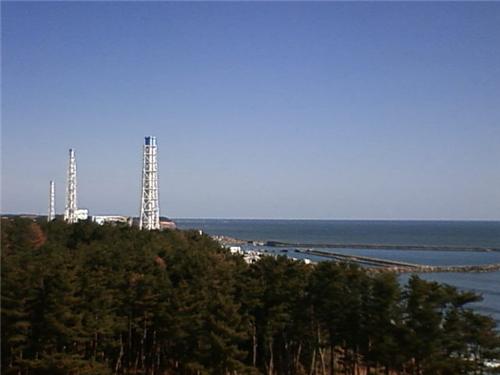Japan Reactors: What Plume?
On March 15, I told New York Times reporters Matt Wald and Bill Broad what questions they needed to be asking and what answers the public needed to know. They were missing important information in their news reports. Specifically, I told them that there was a significant lack of information about any sort of radioactive plume and I asked them to shed light on this matter.
The next day, Broad wrote an article about a a so-called radiation cloud heading East, toward California. I wrote Broad this in response: “You write about it as if you know there is a plume and you have facts about it. Do you really? Or are you assuming a ‘plume’ based on the terrestrial releases? If you have data on an actual ‘plume’, what is it?”
Today, Broad and David E. Sanger have the answers: *****************************************************
SOURCE – New York Times: WASHINGTON — The first readings from American data-collection flights over the stricken Fukushima nuclear plant in Japan show that the worst of the contamination has not spewed beyond the 18-mile range of highest concern established by Japanese authorities, but there is also no indication that another day of frantic efforts to cool nuclear fuel in the reactors and spent fuel ponds has yielded any progress, according [to] United States government officials.
…
The data was collected in the first use of the Aerial Measurement System, among the most sophisticated devices rushed to Japan by the Obama administration in an effort to help contain a nuclear crisis that the top American nuclear official said Thursday could go on for “possibly weeks.” The data show ground-level fallout of harmful radioactive pollution in the immediate vicinity of the stricken plant — a different standard than the trace amounts of radioactive particles in an atmospheric plume now projected to cover a much broader area.
…
The sensors on the instrument pod are good at mapping radioactive isotopes, like Cesium-137, which has been detected around the stricken Japanese complex and has a half-life of 30 years. Its radiation can alter cellular function, leading to an increased risk of cancer.
…
Aircraft normally used to monitor North Korea’s nuclear weapons activities — a Global Hawk drone and U-2 spy planes — were flying missions over the reactor, trying to help the Japanese government map out its response to the quake, the tsunami and now the nuclear disaster.
*****************************************************
Why is this important and why have I been hammering on the Times to get and report information on a “plume” with precision and accuracy?
Three reasons:
1. Talking about a “plume” without facts leaves people either poorly-prepared for a real emergency or in panic over an imaginary emergency.
2. When the general public hears about a nuclear reactor failure, the first thing they envision is a mushroom cloud spewing radioactive particles high into the upper atmosphere. Atomic bombs do this as a natural consequence of their physics; reactor failures, without exceptional circumstances, do not. Perhaps this lack of distinction is the fault of poor education by the nuclear industry.
3. Chernobyl was an exceptional circumstance. At Fukushima, so far and hopefully never, there is no evidence of a massive Chernobyl-style fully exposed and fully enflamed reactor – which did cause enough heat to spew lots of radioactive material in the atmosphere.

Fukushima Plant via TEPCO Webcam. 18 March 0900 local time

